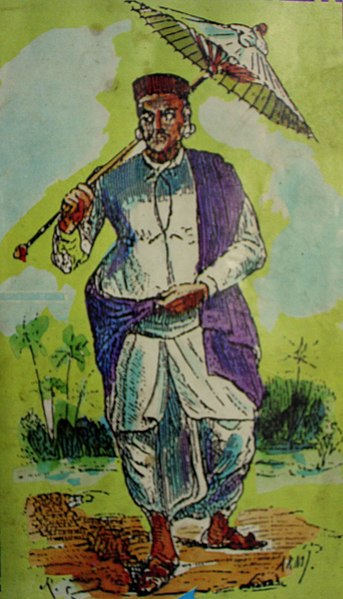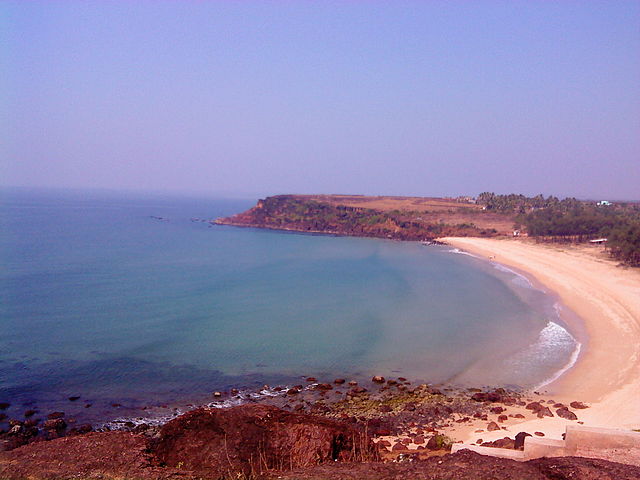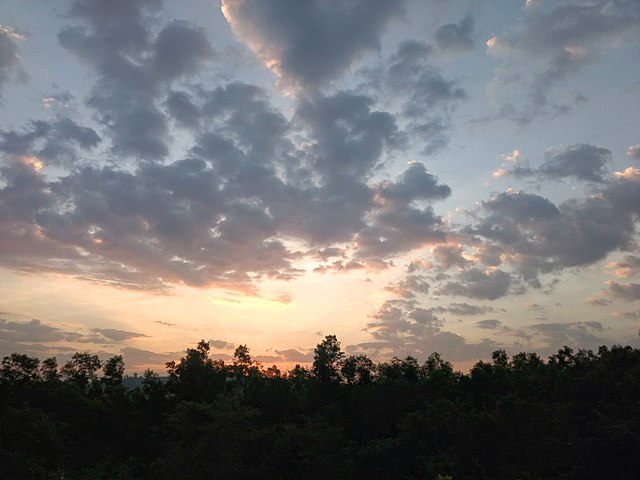The Daivadnya Brahmin,, is a community from Goa and Karnataka, who claim to have descended from Vishwakarma. Although they claim themselves to be Brahmins and some sources mention them as Brahmin as well, these claims are mostly not accepted by others including local Brahmin castes. They are native to the Konkan and are mainly found in the states of Goa and Damaon, Canara, coastal Maharashtra, and Kerala. Daivadnyas in the state of Maharashtra and Karnataka are classified by National Commission for Backward Classes as an Other Backward Class.
Shet gentlemen from Goa, from late 18th to early 19th century (Courtesy: Gomant Kalika, Nutan Samvatsar Visheshank, April 2002)
A couple performing religious rituals
A Daivajna couple from Goa,late 18th century
The Konkan is a stretch of land by the western coast of India, bound by the river Daman Ganga at Damaon in the north, to Anjediva Island next to Karwar town in the south; with the Arabian Sea to the west and the Deccan plateau to the east. The hinterland east of the coast has numerous river valleys, riverine islands and the hilly slopes known as the Western Ghats; that lead up into the tablelands of the Deccan. The region has been recognised by name, since at least the time of Strabo in the third century CE. It had a thriving mercantile port with Arab tradesmen from the 10th century. The best-known islands of Konkan are Ilhas de Goa, the site of the Goa state's capital at Panjim, and the Seven Islands of Bombay, on which lies Mumbai, the capital of Maharashtra and the headquarters of the Konkan Division.
Dabhol in Ratnagiri district, Konkan division, Maharashtra. Beaches dotted with swaying coconut palms are a ubiquitous sight along the Konkani coast.
Beach of Devgad taluka, Sindhudurg district, in the State of Maharashtra
View of the Sahyadri Mountains in the village of Sathare Bambar, Ratnagiri district






